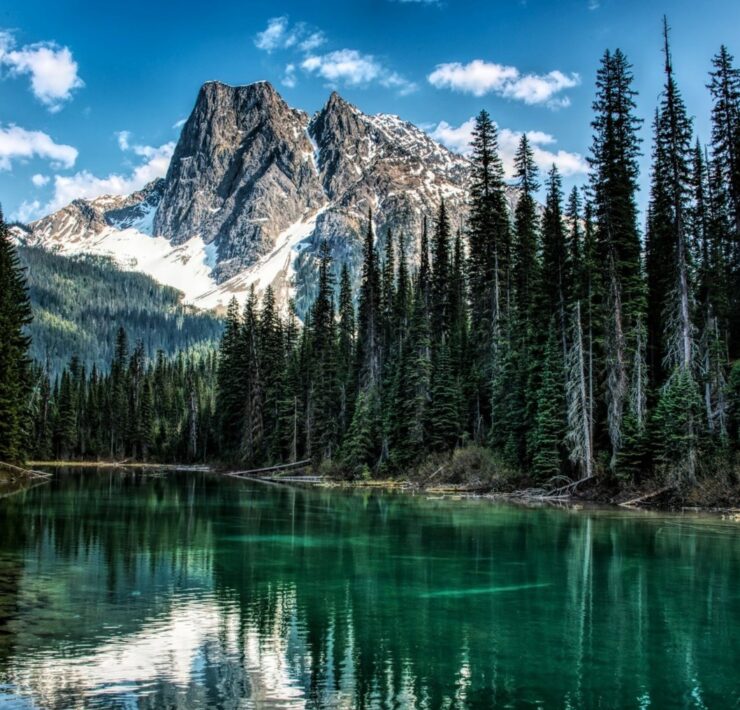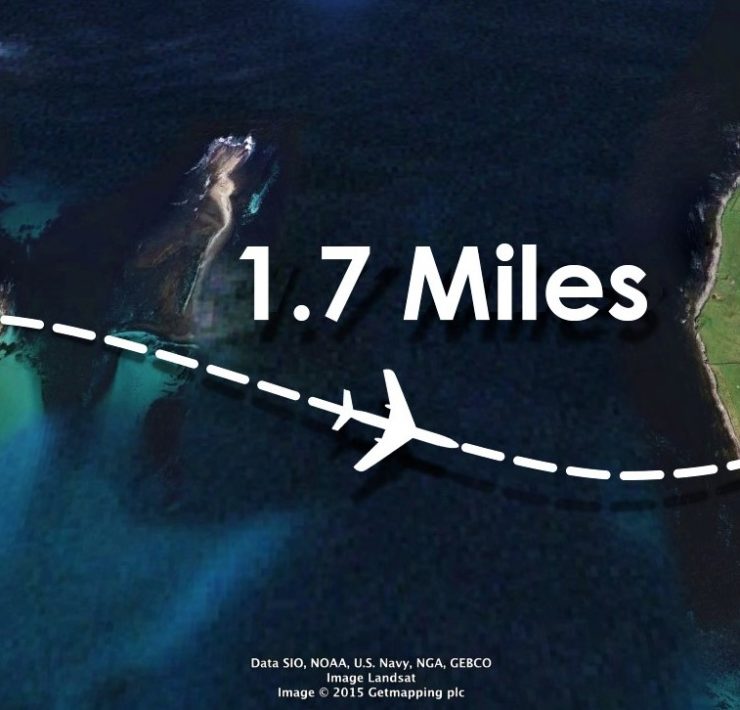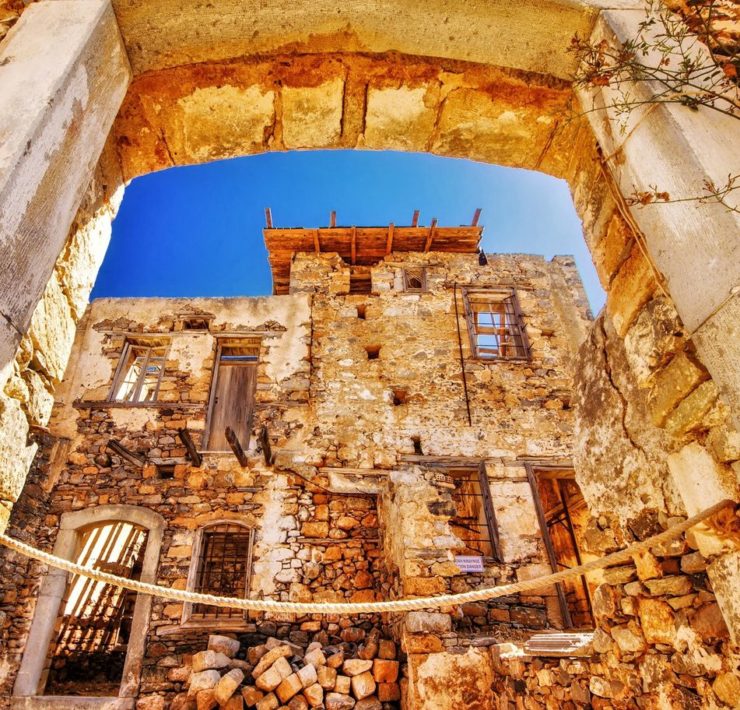The seaside city of Wollongong is one of the most scenic destinations in New South Wales. Some 5 miles (82 kilometers) from Sydney, Wollongong is a favorite spot for wonderful drives and stopovers. Beaches, hills, and a relaxed environment, Wollongong, which means, “seas of the South” in Aboriginal language, is a good place to spend your weekend or a much-deserved quick road trip stop. Its unique geography — where the Illawarra Escarpment meets the Tasman Sea–is both a feast for the eyes and soul, explaining the number of lookouts in Wollongong where visitors can indulge in extravagant scenery.
Bald Hill Lookout
One of the most visited lookouts in New South Wales, Bald Hill lookout is also an international major hang gliding point. Thus, you won’t be surprised to see hang gliders and paragliders among the scenery, making the view of Wollongong more astounding.
At Bald Hill Lookout, enjoy the views of the coastline, Hill End countryside, and Wollongong suburbs. The beach you’ll see from the lookout is the same beach where Australian flight pioneer, Lawrence Hargrave performed his box kite experiments – you can see his memorial near the car park at Bald Hill’s car park.
One of the main reasons why Bal Hill is one of the most popular lookouts is for its view of Cliff Bridge – a portion of the 140-kilometer world-famous coastal Grand Pacific Drive.
Sublime Point Lookout
Enjoy the hills of Wollongong along with its surrounding villages and of course the continuous view of the ocean. The lookout can be reached easily by car, but many visitors come here by following an 850-meter walking track. Thus Sublime Point Lookout with its view is the best part of the 45-minute walk.
The lookout is also family-friendly with a coffee shop and picnic table in the vicinity. Stay until late afternoon to see the sun gently setting down behind the hills of Wollongong.
Southern Gateway Center
Highly accessible by motorists, the Southern Gateway Center lookout offers a 180-degree view of the Illawarra Escarpment. The view is complemented with the gentle breeze and birds flying in the horizon.
The Southern Gateway Center also houses the Wollongong Visitor Information Center, where guests can enjoy a virtual tour of the city and the region itself.
Mt. Keira Lookout
Mt. Keira (pronounced as “Kee-rah”) is not just an imposing landform in the city but also one of its iconic landmarks. From the Aboriginal language meaning “large lagoon” or “High Mountain”, its summit is a popular Wollongong lookout.
With its altitude of 463.9 meters, Mt. Keira Lookout gives the most expansive view of Wollongong – the best vintage point to capture the cityscape. Other than the cityscape with a panoramic view of Wollongong’s suburbs, you will have a view of long stretches of the city’s coastline, the cliffs of Illawarra Escarpment, and the port of Illawarra.
As the lookout which gives the most sprawling view, a massive effort is undertaken by locals to protect, fix, and improve the historical lookout and its surrounding area.
Mt. Kembla Lookout
A quick drive via Tourist Drive 11 or via Cordeaux Road is the Mt. Kembla Lookout. It can also be accessed via a 30-minute uphill hike.
At Mt. Kembla lookout, you will spot Lake Illawarra, the coastal plain of Wollongong, and the surrounding subtropical rainforest of the Illawarra Escarpment.
A great spot for birdwatching but if you are lucky enough during winter, you can see some whales.
Hill 60 Lookout
Hill 60 Lookout, some 10 minutes away south of Wollongong by car takes you to a historical area of the city of Wollongong. Located at the highest point of Port Kembla, it gives beach views – the perfect setting for long drives or just for a quick outdoor stint.
Opening to the sea, the beach is the same place where Aborigines used to fish commercially until the 50s. Remnants of such industry can still be seen along the coast. From the lookout, you will also have a sight of large guns and bunkers that compose the fortifications built during the Second World War. The fortification is connected to underground tunnels, which are not open to the public for safety reasons.
When On Earth Magazine is for people who love travel. We provide informative travel guides, tips, ideas and advice regarding places to see, things to do, what to taste, and much more for world travelers seeking their next dream vacation destination.






